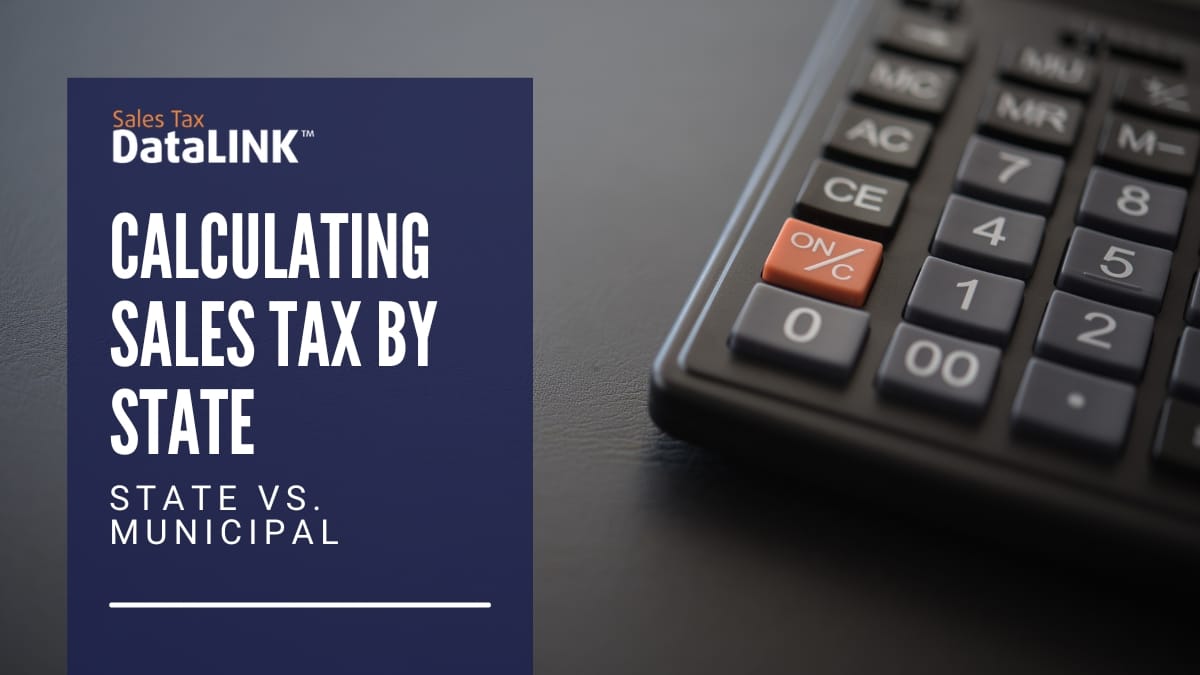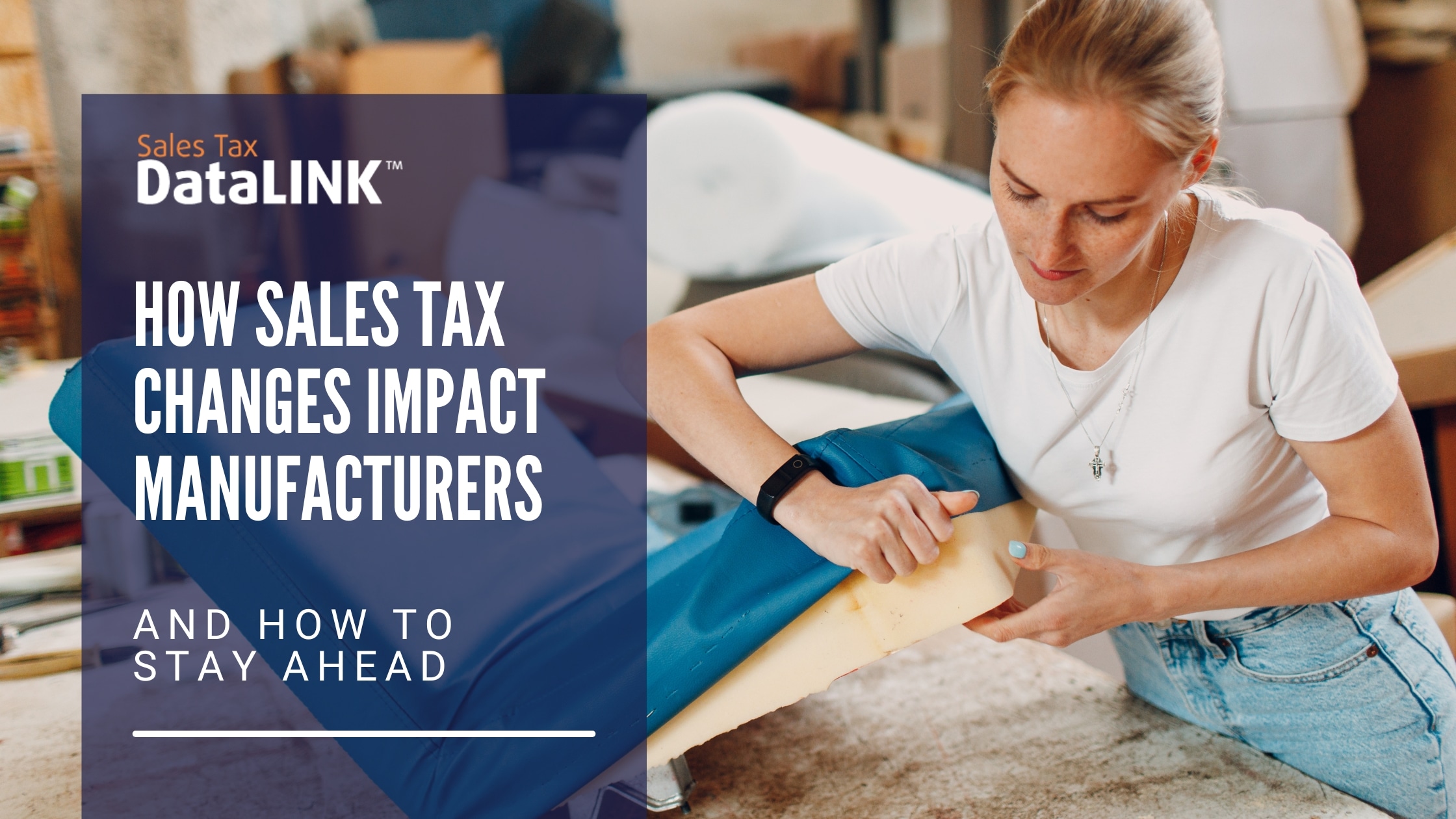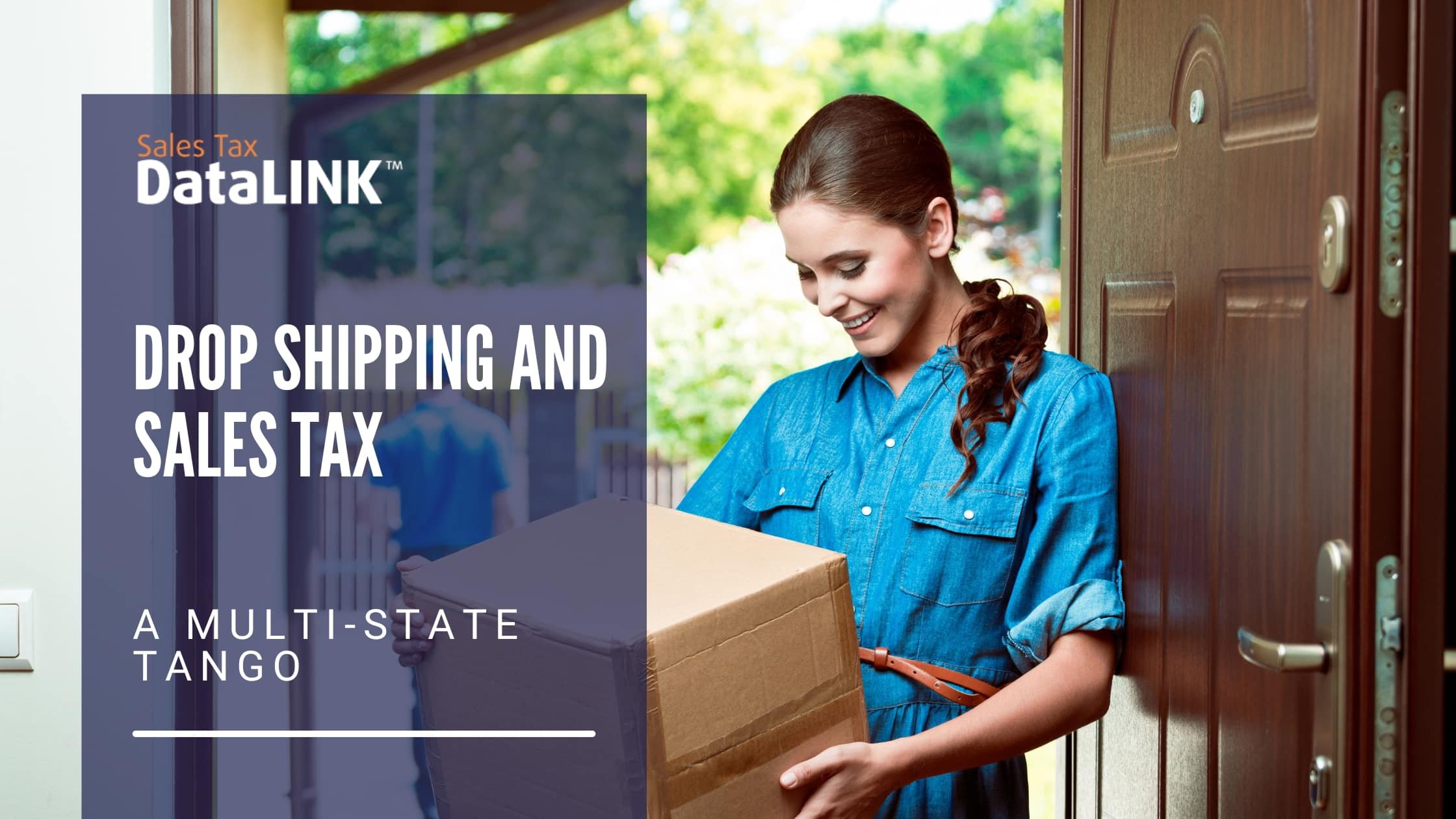Sales tax by state
Calculating sales tax by state is more complicated than just finding state rates. Since 2018, remote sellers must collect tax beyond their home states. You may assume you simply need to learn the rate and collect that percentage per state. However, properly calculating sales tax by state requires accounting for multiple jurisdictions and exemptions within each state. State rates alone often lead to errors. Read on to understand the complexity of precise multistate tax calculations
State sales tax vs. municipal sales tax
All but five states have a state sales tax. However, most states — including some with no state sales tax — also have municipal taxes. That means that sales tax can be levied by the city or county where you make sales, too.
For example, Alaska has over 100 sales tax jurisdictions, Arizona has 99, and California has 467 – collecting only state rates omits local taxes and leads to under-collection, resulting in tax liability when filing.
Zip codes won’t solve your problem, either. The five-digit zip code doesn’t match tax jurisdictions. Two addresses may share a zip code but be in different tax jurisdictions, and vice versa. Our FileLINK software verifies tax rates as you work. Without that step, you cannot be sure that you have the correct rates.
What’s taxable and what’s exempt?
To add to the confusion, not all goods and services have the same state tax rates. The general principle is that tangible goods are usually taxed — but different states have different ideas of what goods are tangible. In some states, for example, goods that you download are not taxable but if you get access to these goods with a disk or drive, that disk or drive is taxable. So if you sell school photos that parents can access either on a CD-ROM or in the cloud, you might have to collect sales tax when you provide the CD but not for the same files if they are accessed in the cloud.
Wait — there’s more!
As a basic rule, necessities of life are typically exempt while luxury goods are taxed. But there again, states don’t agree on what’s a necessity. In Illinois, for example, candy is not considered a grocery item. As a luxury item, it is taxed at 6.25%. Candy containing flour, however, such as Twix bars or licorice, is considered food and is taxed at 1%. Both food and clothing have different definitions and rules in almost every state.
Then each state has its own special rules. In Texas, deodorant is taxable but antiperspirant is not. These decisions are often made as a result of lobbying or voting, and they reflect local political and cultural issues as well as historical events. Common sense will not allow you to guess sales tax exemptions.
Sales Tax DataLINK’s patented software gives you accurate calculations, verified to the invoice level. You can also turn over all your sales tax compliance to our expert team. Without that kind of support, you can’t be sure that you are collecting the right amount of sales tax.
Arrange a demo today
Sales Tax DataLINK.will present a demo using your data. Many sales tax software companies will give you a demo with specially prepared data — it might not give you much information about how it will work with your files. Let us impress you with a real demo using your information. Call now! 479-715-4275




